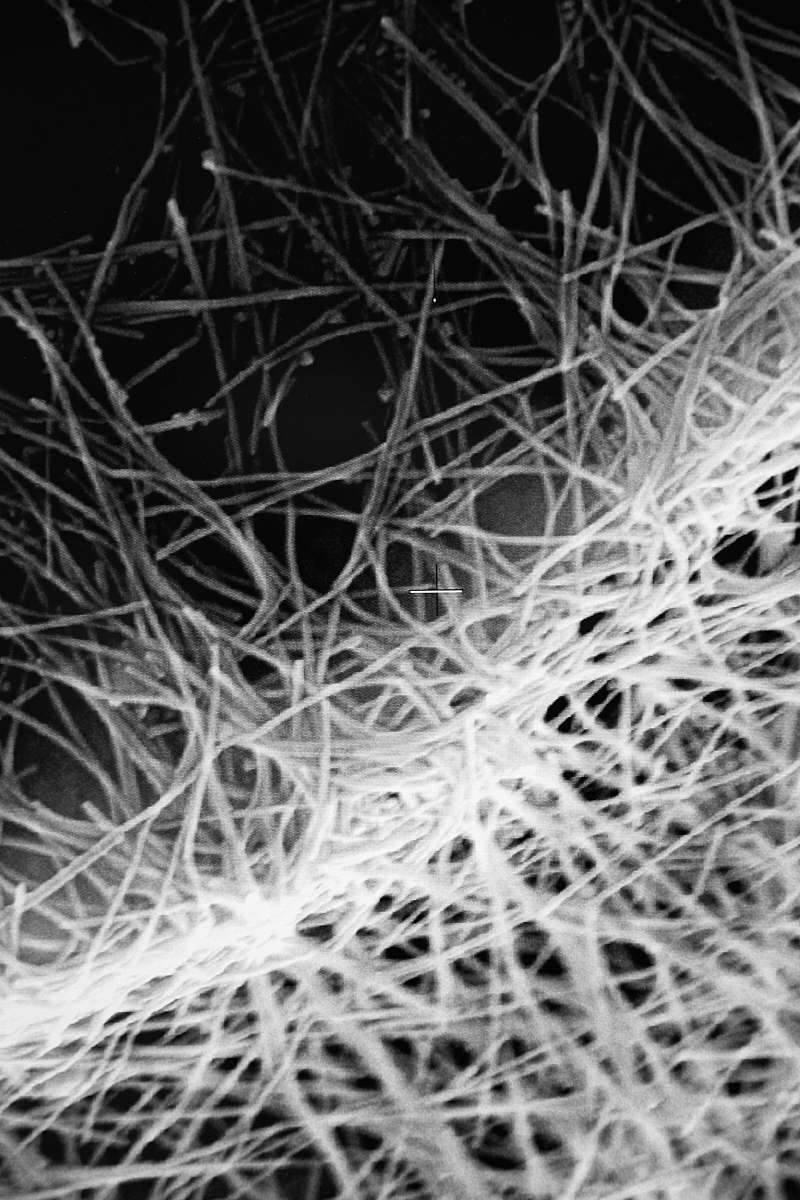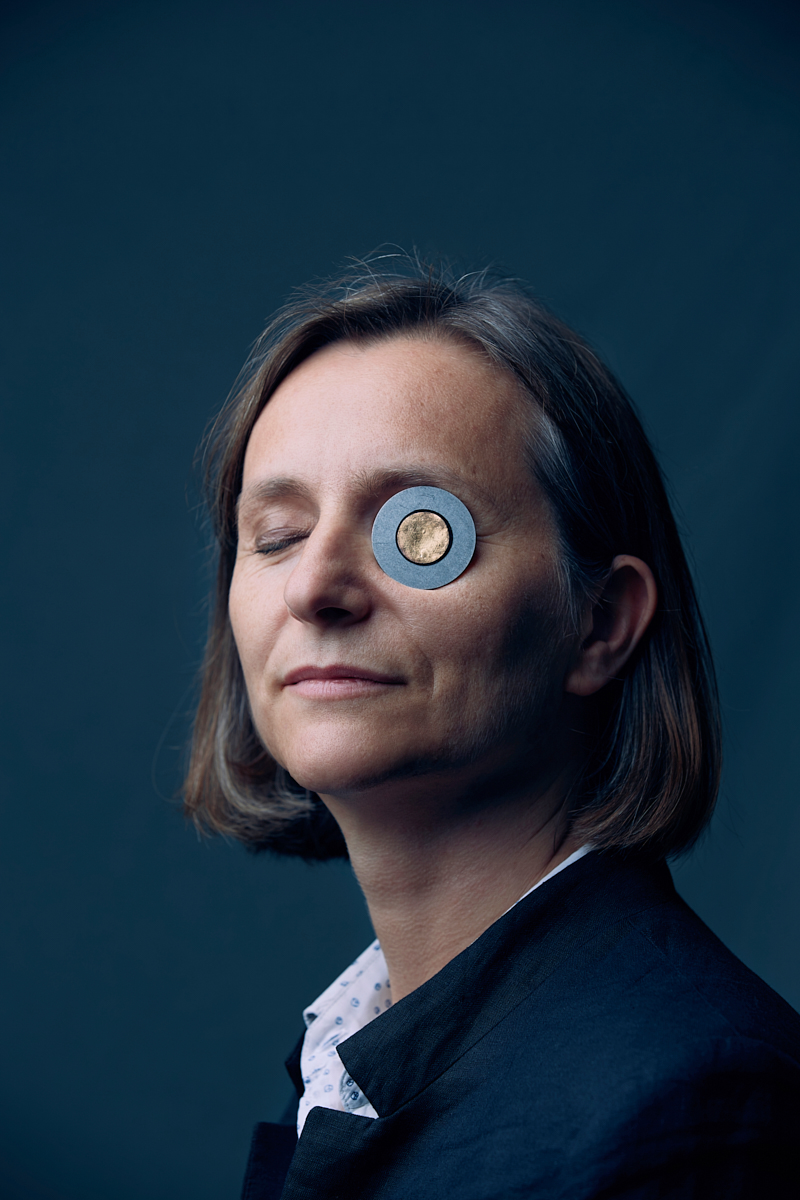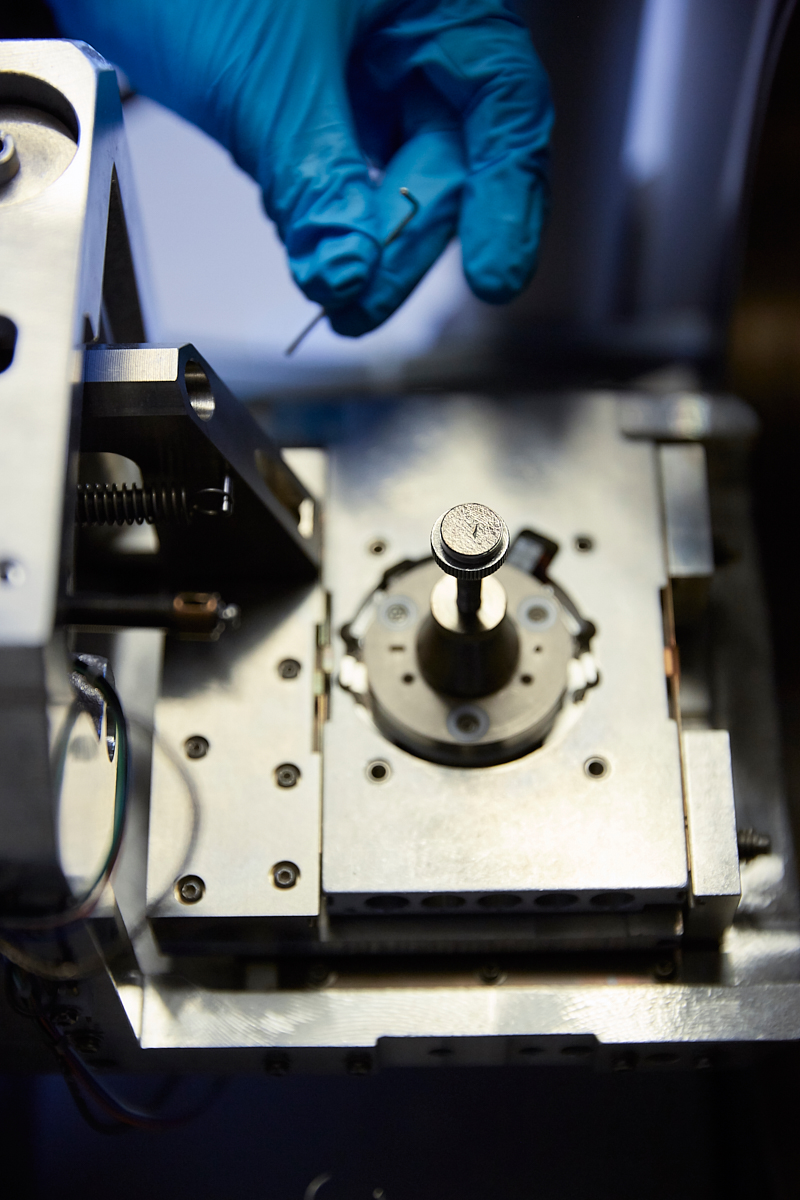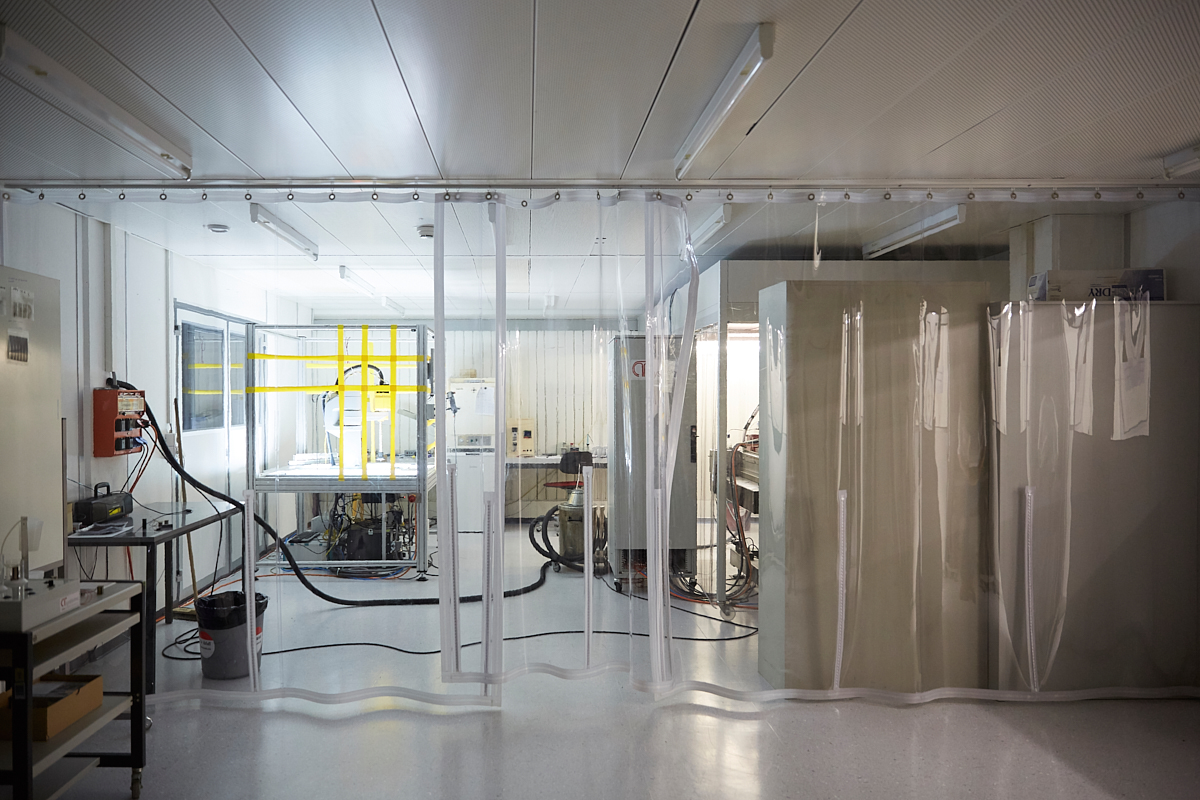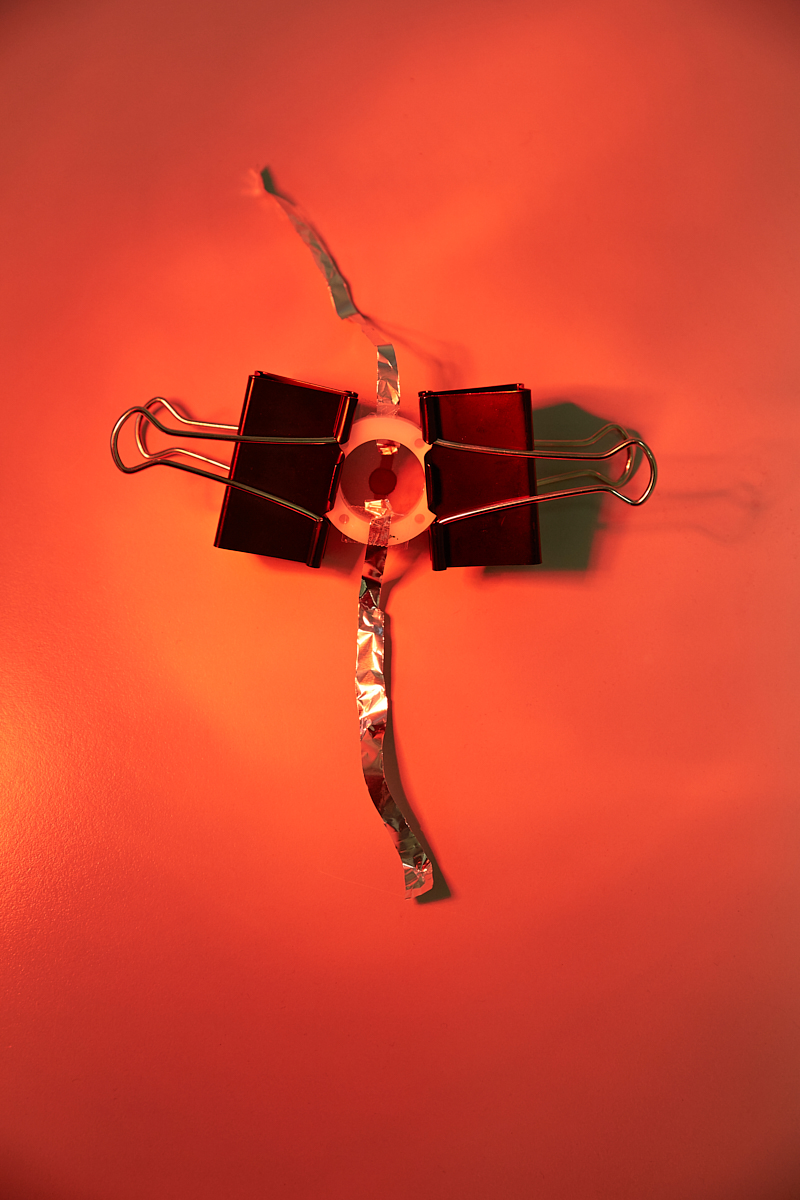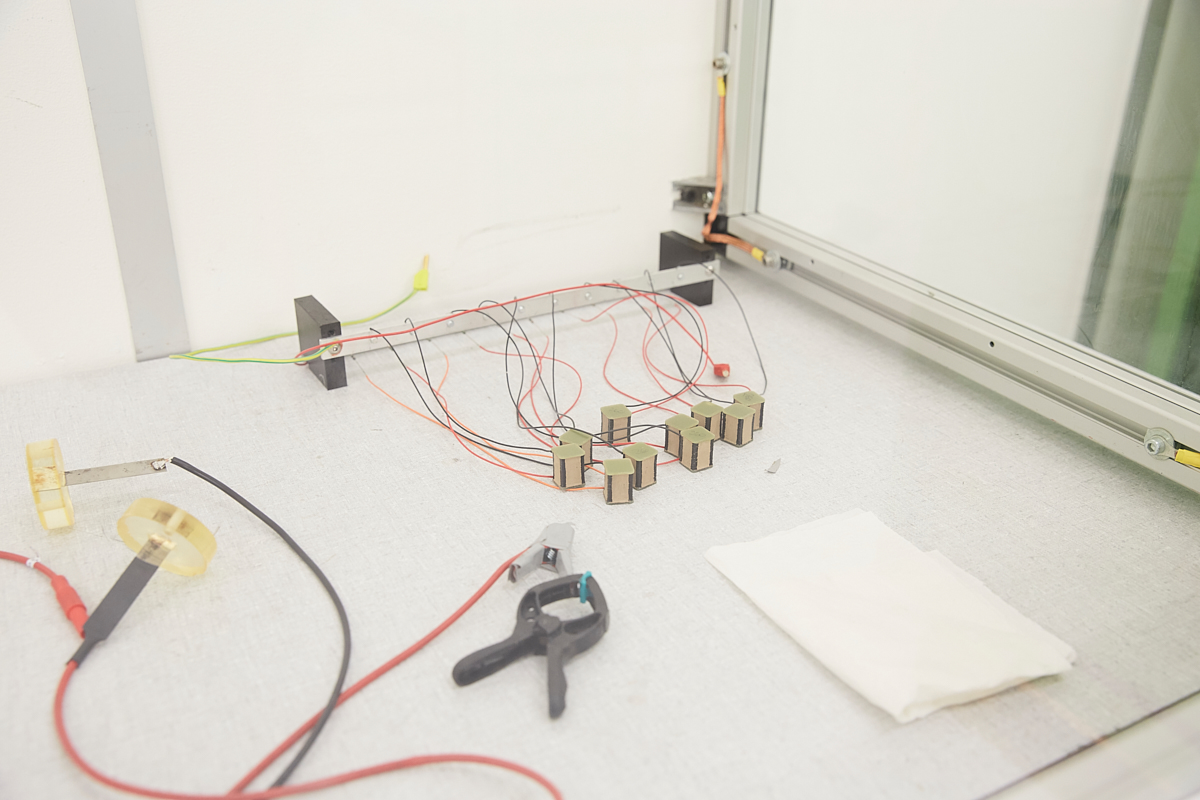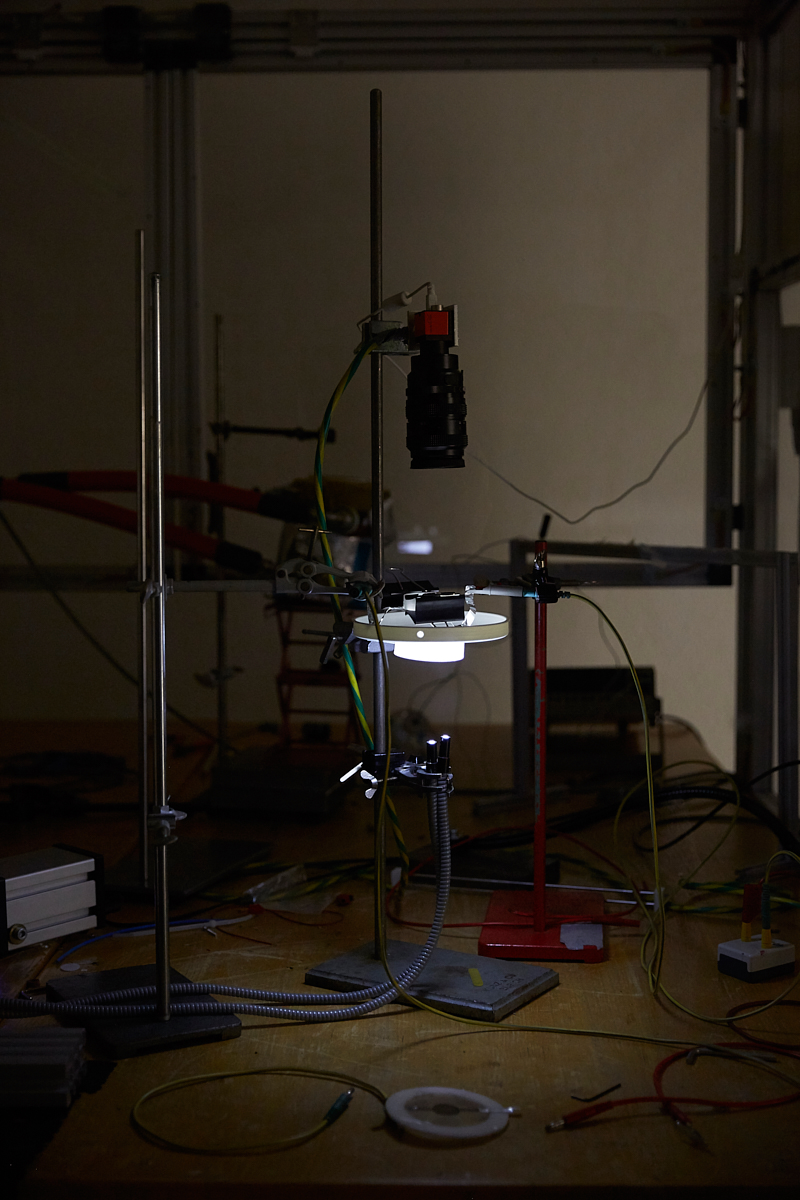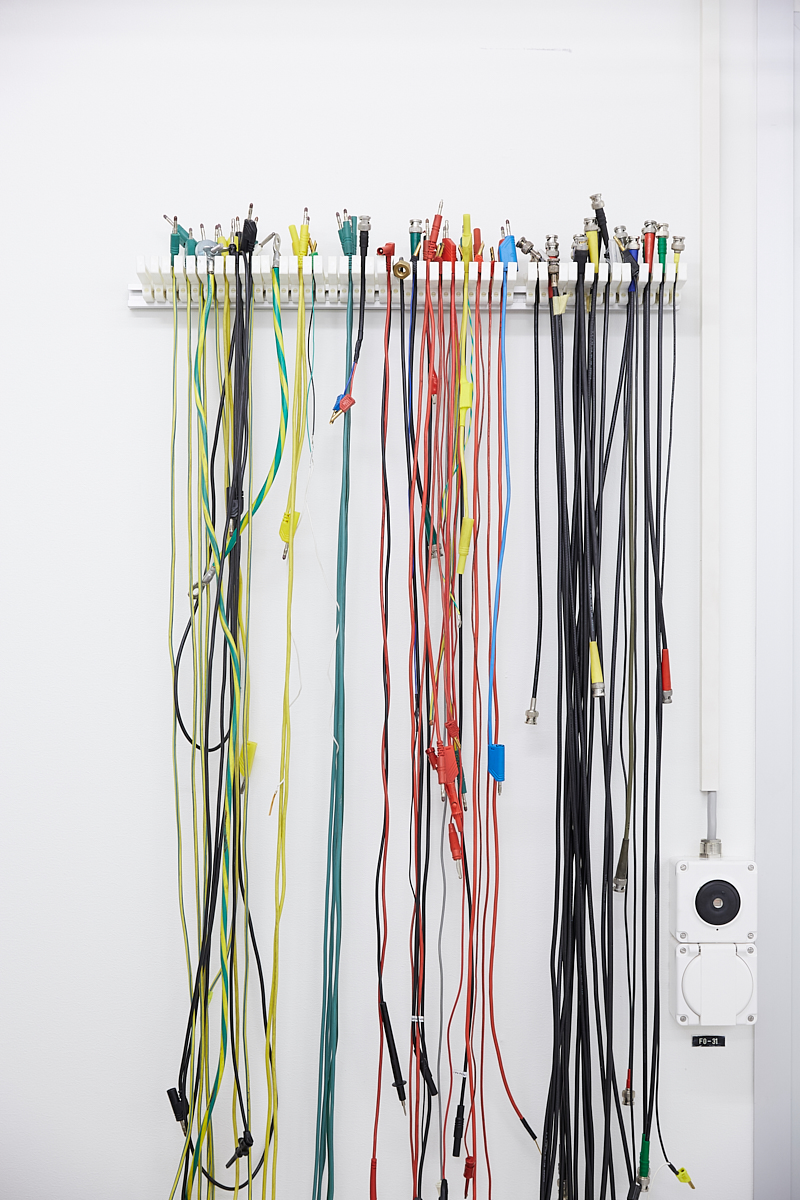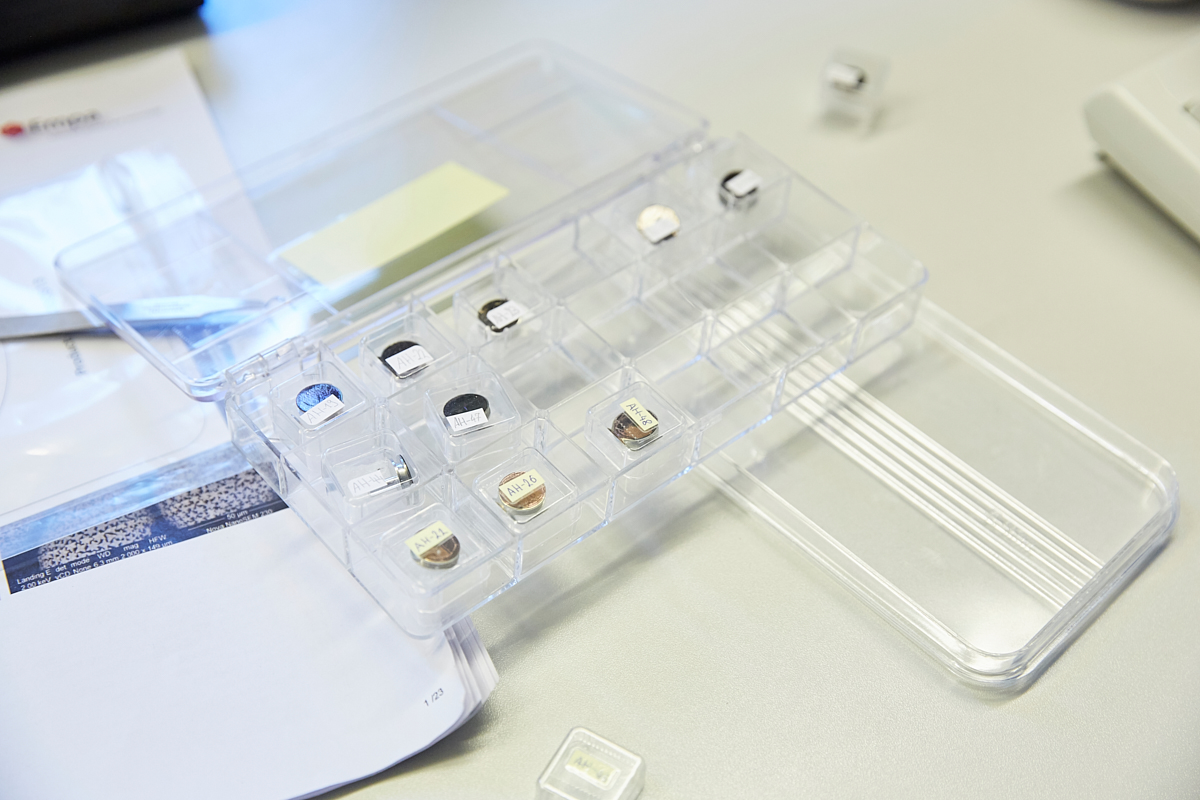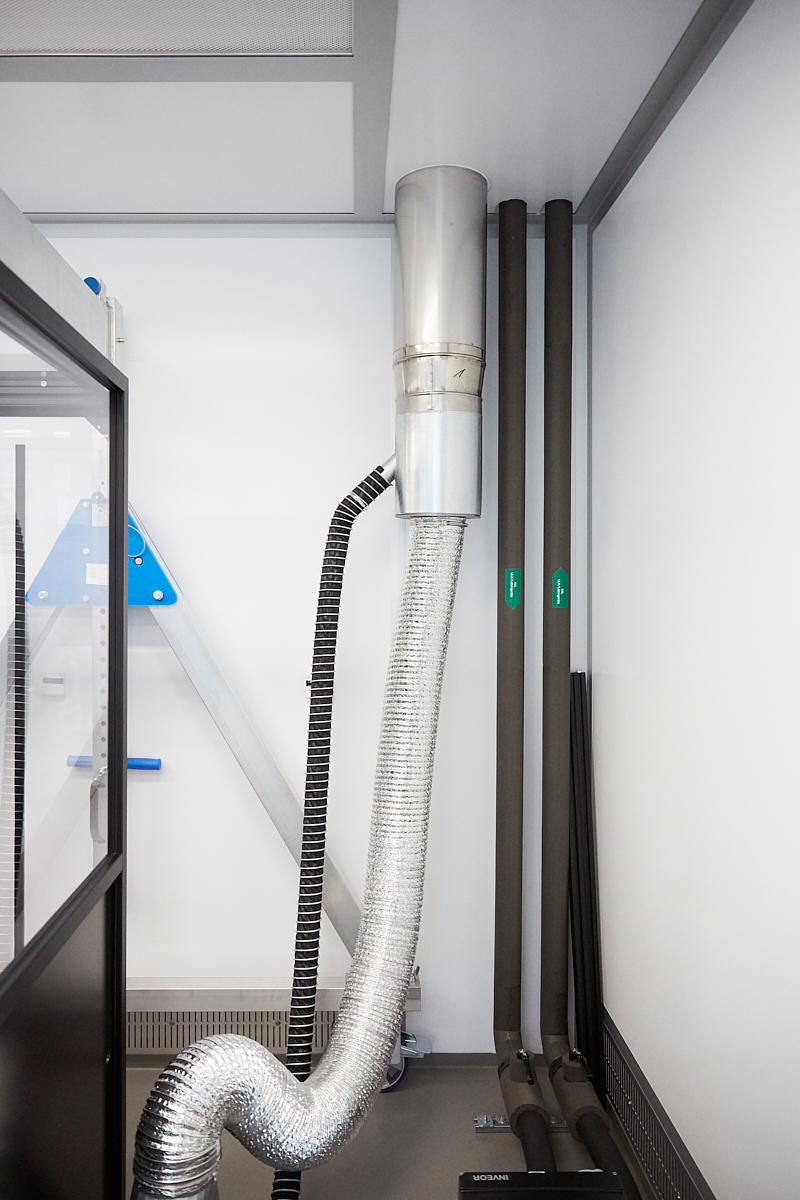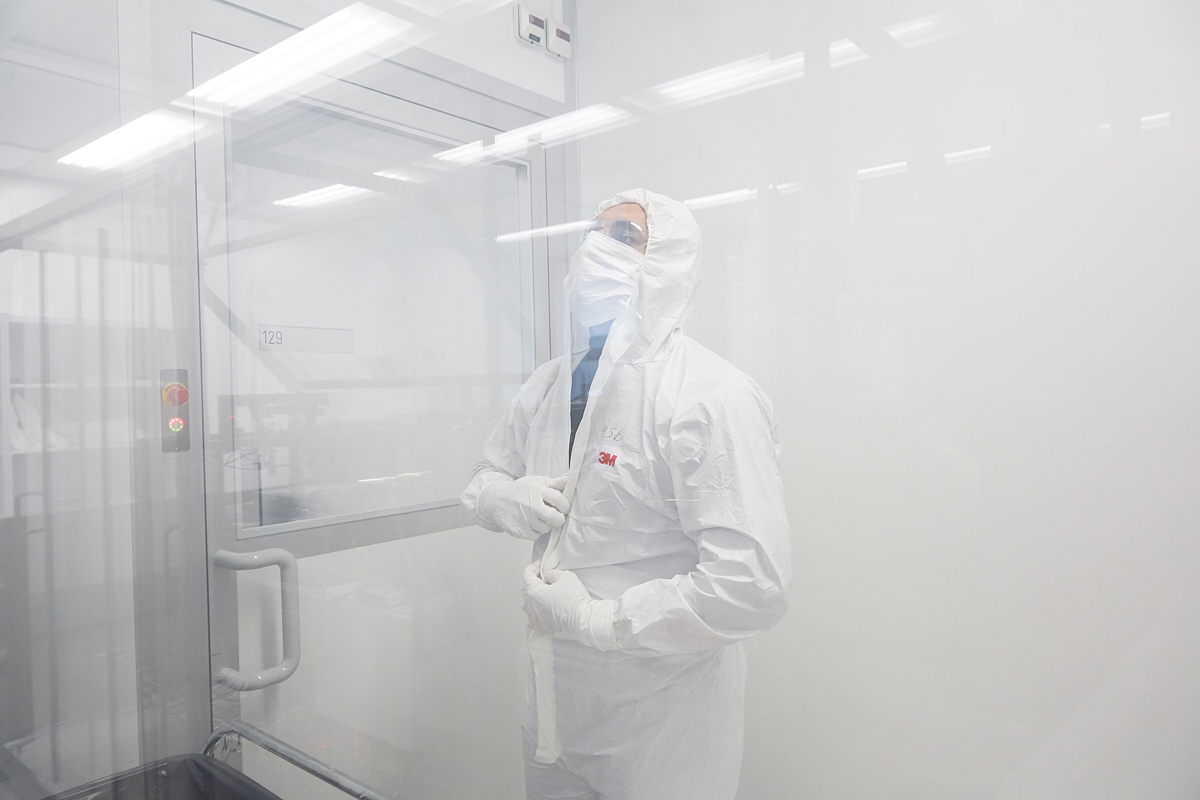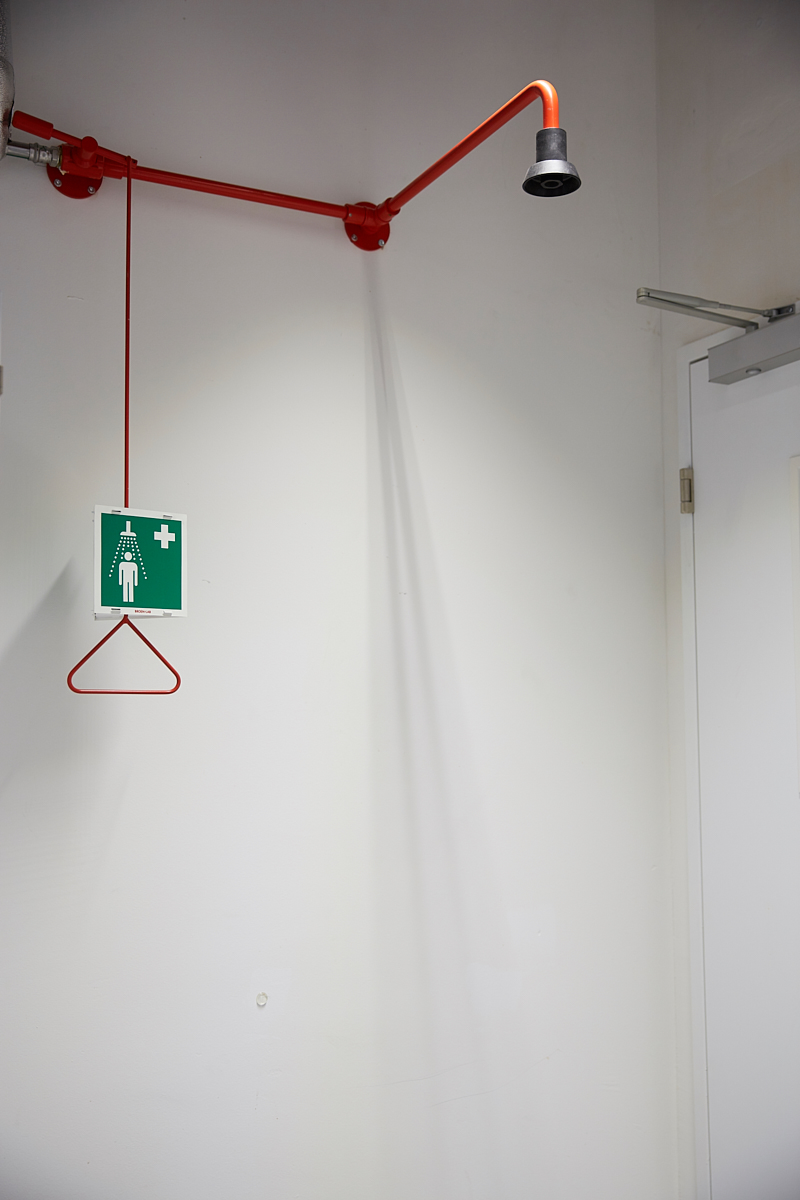FUNCTIONAL POLYMERS
17 May 2019
FUNCTIONAL POLYMERS
Dr. Dorina Opris
« Elastomers that respond to external electric and magnetic fields are of high technological interest. They can be used as sensors, actuators, energy harvesters, coolers, and artificial muscles. We have developed a powerful synthesis strategy that allows obtaining elastomers with unprecedented elastic and superior dielectric properties by chemical modification with permanent dipoles. Extending this research, the collaboration with Argentina aims at obtaining multiferroic elastomeric composites with magneto-electric coupling. These composites have a realistic chance to be turned into useful devices in the near future. »
Cover story of the SNSF annual report Profil 2018-2019
Download the PDF
